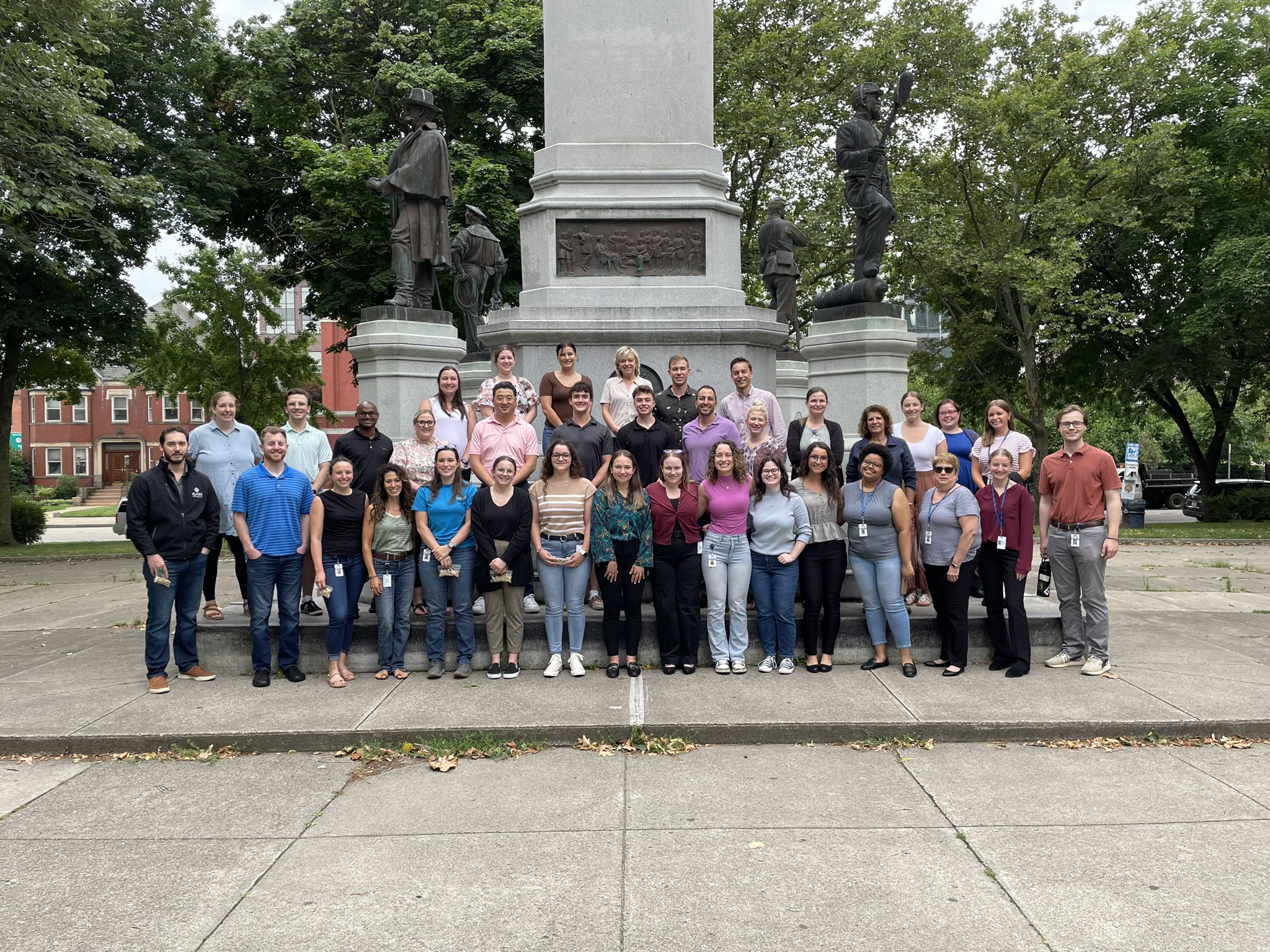VIDEO | June 22, 2023
Integrating two companies remains one of the most difficult aspects of a mergers and acquisitions deal. More than 70 percent of post-merger integrations fail to capture planned synergies and value. Why? Because buyers often underestimate the effort they need to truly merge two companies and don’t spend enough time planning the integration. As a result, the companies never fully merge.
To successfully complete the post-merger integration process, buyers need to start the planning process during the due diligence phase—before the deal is completed.
There is typically overlap between pre-deal synergy planning and actual day one execution, making it imperative that management and employees are ready to execute before day one in support of the value creation strategy.
Buyers must consider what they need to do to be ready both before and after the acquisition. When building the timeline, management must consider plans and milestones for day one, business continuity, quick wins, the 100-day plan and long-term initiatives.
Business continuity and risk mitigation are extremely important parts of the initial phase of the integration process and should be addressed with priority. Owners must investigate any financial changes that can impact transacting with customers on day one. It’s also important that owners make sure regulatory approvals are in place, essential IT systems and infrastructure will function as intended, and critical financial reporting requirements can be met.
Essential preparations for day one
On day one, management should have an integration governance structure and workflow process in place. This structure should encompass a steering committee to oversee direction, and integration management office to drive delivery and workstream leads and sponsor for all major departments to execute.
The company must also be prepared to seamlessly deliver to its customers on day one. It is essential that the plan for the combined companies is communicated clearly to all employees, both in the platform and the add-on. For employees to fully execute on the plan, they must understand it. Customers and the marketplace should not be left out of the communication loop either. Delivering a clear message internally and externally allows management to mitigate operational and process risk. However, this takes deliberate planning. Many merged companies lose out on value creation because they underestimate the time it takes to communicate effectively with the various parties.
The critical first 100 days
There’s no question that planning for day one is time consuming. Still, management cannot stop there. A comprehensive plan for the first 100 days also must be set into motion prior to day one. The first 100 days are critical because they will determine whether the transaction will indeed deliver value as the buyers intended. Goals for the first 100 days should be short-term, attainable goals. For the 100-day plan, management should conduct initial functional integration workshops and develop a list of initiatives that will be completed in approximately one to three months.
The first 100 days are also critical because it is when management is most likely able to effectuate change. Employees are expecting change during this period of time. Changes that are made during those first 100 days are more likely to last than changes made after, when it is common to see a return to a “business as usual” attitude.
During the first 100 days, management should confirm the merged company’s long-term integration plans, including the process and technology efforts that need to be completed. In these early phases of the integration, many different factors should be carefully managed such as external and internal communications, change management, legal and regulatory issues, and costs and financial analysis.
The first 100 days and quick wins should not be confused with long-term integration plans and transformational change.
During the first 100 days, the goal is to execute projects which meet critical business requirements and capture quick-win synergies from the combined company.
During this time, departments can develop their future operating models and begin to transition towards a combined state.
Long-lasting value creation
Long-term optimization initiatives are put in place to capture the full synergy and value that management is expecting to achieve. Working with a strong integration management office from start to finish will facilitate the focus required to help buyers meet their long-term optimization objections.
The integration management office provides the process, tools and resources required to orchestrate the necessary activities to capture deal value and realize an optimized future state. The buyers and senior leadership of the combined entity should establish a vision for an integration from the very beginning. Without a well-coordinated effort to drive this vision into the projects being executed by individual departments, it can never be realized. Some projects may be expected to take two or three years. Those projects require extra focus to ensure they stay aligned with the value proposition of increasing EBITA, reducing risk or remaining compliant – which should translate into an increased enterprise value and successful liquidity event.
Having a well-managed post-merger integration effort from the beginning means “planning for success.”
Do you have questions or want to talk?
Call us at (800) 232-9547 or fill out the form below and we’ll contact you to discuss your specific situation.
This article was written by Jon Caforio and originally appeared on Jun 22, 2023.
2022 RSM US LLP. All rights reserved.
https://rsmus.com/insights/industries/private-equity/post-merger-integration-failing-to-plan-is-planning-to-fail.html
RSM US Alliance provides its members with access to resources of RSM US LLP. RSM US Alliance member firms are separate and independent businesses and legal entities that are responsible for their own acts and omissions, and each are separate and independent from RSM US LLP. RSM US LLP is the U.S. member firm of RSM International, a global network of independent audit, tax, and consulting firms. Members of RSM US Alliance have access to RSM International resources through RSM US LLP but are not member firms of RSM International. Visit rsmus.com/aboutus for more information regarding RSM US LLP and RSM International. The RSM(tm) brandmark is used under license by RSM US LLP. RSM US Alliance products and services are proprietary to RSM US LLP.

Insero & Co. CPAs, LLP is a proud member of RSM US Alliance, a premier affiliation of independent accounting and consulting firms in the United States. RSM US Alliance provides our firm with access to resources of RSM US LLP, the leading provider of audit, tax and consulting services focused on the middle market. RSM US LLP is a licensed CPA firm and the U.S. member of RSM International, a global network of independent audit, tax and consulting firms with more than 43,000 people in over 120 countries.
Our membership in RSM US Alliance has elevated our capabilities in the marketplace, helping to differentiate our firm from the competition while allowing us to maintain our independence and entrepreneurial culture. We have access to a valuable peer network of like-sized firms as well as a broad range of tools, expertise, and technical resources.
For more information on how Insero & Co. CPAs can assist you, please call (800) 232-9547.




